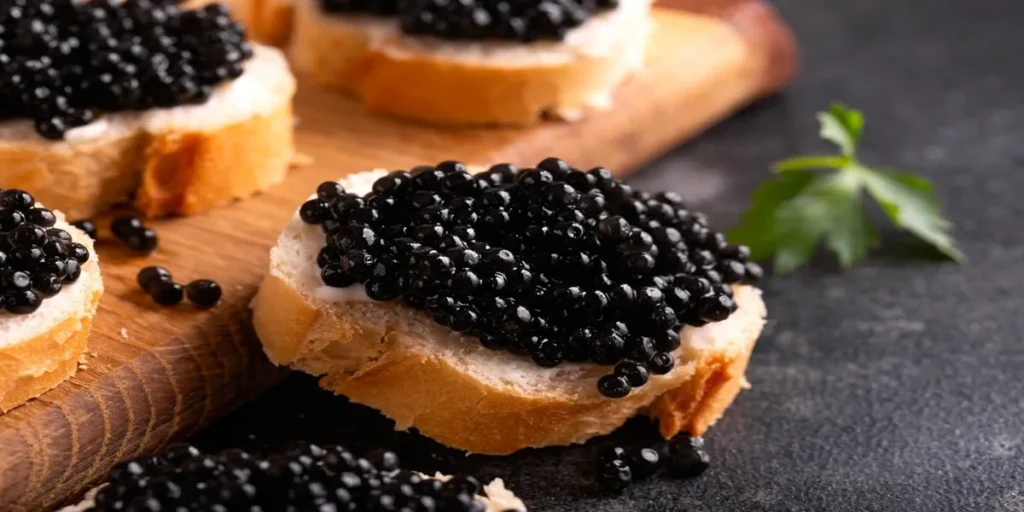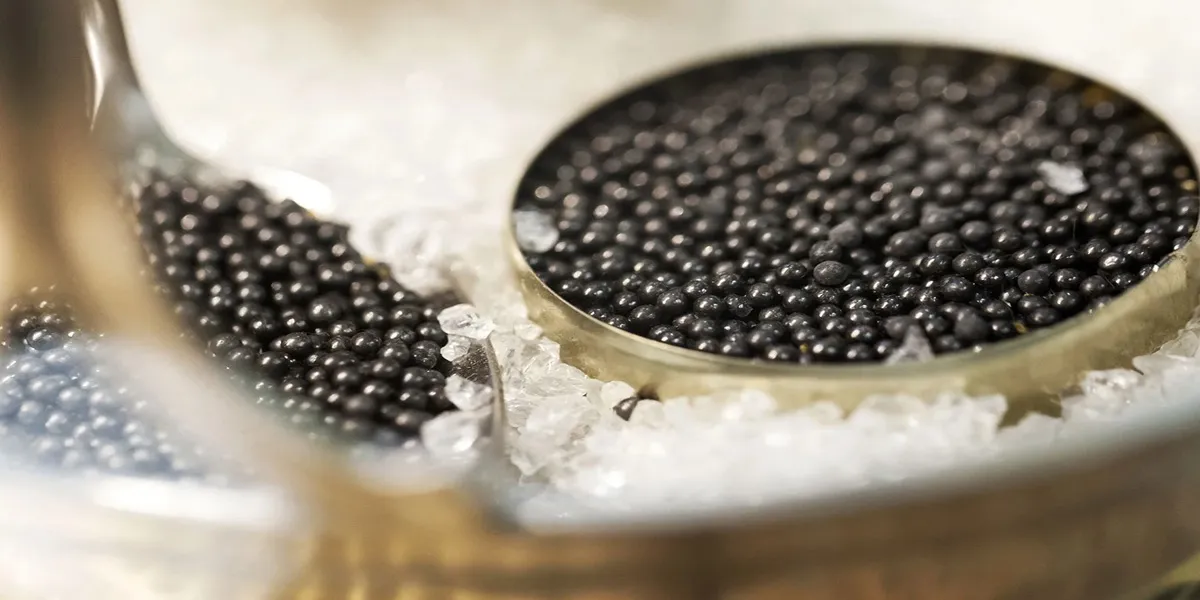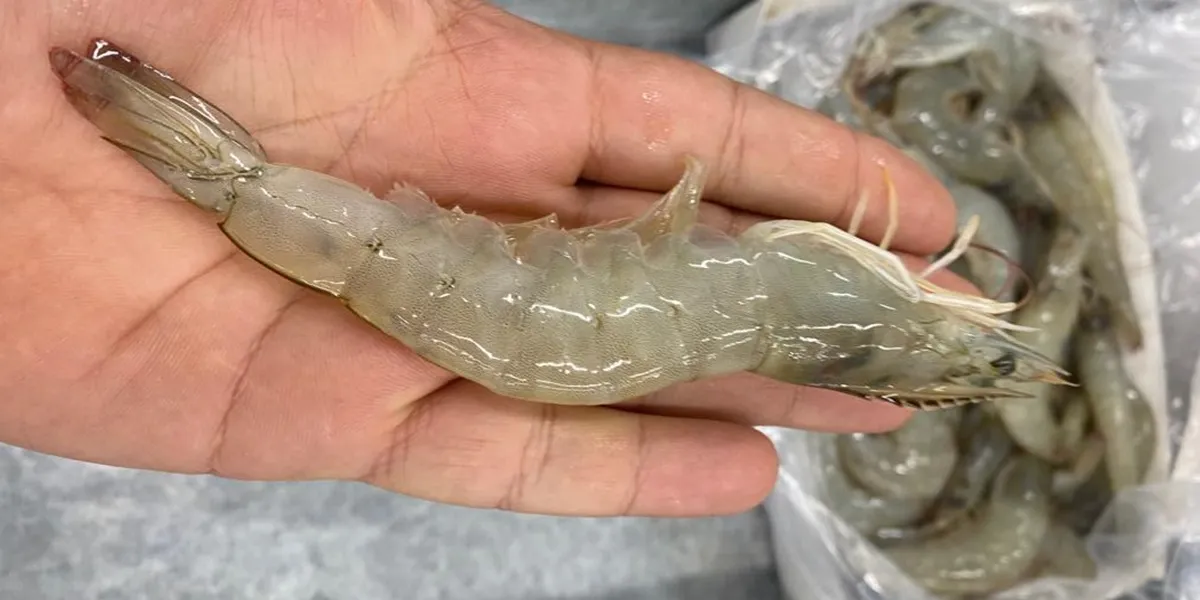Few delicacies on Earth carry the mystique and prestige of caviar.
But not all caviars are created equal. Among global varieties, Caspian Sea caviar stands apart—an elite product rooted in centuries of tradition and harvested from ancient sturgeon species in one of the world’s most ecologically diverse marine ecosystems. From the legendary Beluga to the prized Osetra, Caspian caviar is more than just a luxury food—it’s a symbol of biodiversity, craftsmanship, and cultural legacy.
In this article, we dive deep into the distinct types of Caspian caviar, their nutritional and culinary properties, and how they compare to farmed or wild alternatives across Europe, Asia, and the Americas. Backed by current aquaculture research and marine biology studies, you’ll discover why flavor, texture, and origin truly matter when it comes to caviar.
If you’re curious about what sets the Caspian apart—and how different world caviars stack up in taste and tradition—read on. The differences may surprise you.
What Makes Caspian Sea Caviar So Unique? A Look into Its Natural Origins
Caspian Sea caviar is often regarded as the most exquisite and authentic caviar in the world—and for good reason. The uniqueness of this delicacy lies in a combination of nature, history, and craftsmanship. Located between Europe and Asia, the Caspian Sea is home to ancient sturgeon species such as Beluga (Huso huso), Osetra, and Sevruga. These fish have thrived in the mineral-rich waters of the region for millions of years, evolving slowly in a delicate and complex ecosystem.
The distinct marine environment of the Caspian—including its specific salinity, temperature variations, and biodiversity—directly shapes the characteristics of the roe. The slow maturation of the sturgeon (sometimes taking up to 20 years) results in caviar that is richer in texture, larger in grain size, and deeper in flavor compared to other global varieties. Add to this the traditional harvesting techniques that have been passed down through generations, and you get a product that is both artisanal and steeped in legacy.
From the Iranian and Russian coasts to small fisheries along the sea, Caspian caviar continues to be harvested with minimal intervention and maximum respect for nature. Unlike farmed alternatives, wild Caspian caviar reflects the pure essence of its habitat.
So, What is caviar, really, if not a reflection of its source? In the case of the Caspian, it’s a rare harmony between biology, environment, and tradition. The origin of this caviar isn’t just a label—it’s a signature of unmatched quality and authenticity that the rest of the world still tries to replicate.

Species Spotlight: Caspian Sturgeon vs Global Farmed Varieties
The true soul of caviar lies in the species of sturgeon that produce it—and when it comes to heritage and quality, Caspian sturgeon remain unmatched. The Beluga, Osetra, and Sevruga species have evolved in the unique environment of the Caspian Sea, developing complex flavor and textural profiles over millennia. These sturgeons are not just fish—they are prehistoric survivors, whose biology is finely tuned to their native ecosystem.
In contrast, global aquaculture farms in countries like China, Italy, and the United States raise other species such as Kaluga, Siberian Sturgeon, and White Sturgeon. While these farmed varieties can offer consistency and sustainability, they often lack the nuanced taste and silky texture found in Caspian sturgeon caviar. Environmental differences, feed quality, and artificial water conditions contribute to noticeable variations in flavor, roe firmness, and size.
What makes the Caspian sturgeon so different isn’t just their DNA—it’s the harmony between species and surroundings. The mineral balance, natural diet, and seasonal water cycles of the Caspian Sea influence every aspect of the roe. This connection cannot be artificially reproduced in controlled tanks.
Looking at Caviar Market Trends, there’s growing consumer awareness around species origin and authenticity. High-end buyers and chefs increasingly seek native Caspian species due to their superior profile and cultural prestige.
Understanding these species distinctions is essential for anyone serious about caviar. Whether you’re purchasing for personal enjoyment or culinary application, knowing the difference between Caspian natives and global farmed alternatives helps you choose with both taste and tradition in mind.
Flavor Profiles Decoded: Why Caspian Caviar Tastes Richer
Taste is where Caspian caviar truly sets itself apart. The unique flavor of caviar from the Caspian Sea is shaped by a blend of genetic, environmental, and artisanal factors—none of which are easily replicated in farmed or foreign alternatives. What you taste in a spoonful of Caspian caviar is more than just salt and roe; it’s the deep complexity of a naturally balanced ecosystem.
Beluga caviar, for instance, is known for its large, buttery pearls with a delicate, creamy finish. Osetra brings a more nutty, earthy undertone, often with hints of the sea. Sevruga, on the other hand, is saltier and more intense, ideal for those seeking bold flavor. These profiles are direct results of slow maturation, natural feeding, and minimal handling during processing.
In contrast, farmed caviar—no matter how controlled—often lacks this layered flavor complexity. Artificial environments lead to faster growth and altered lipid profiles, which in turn affect taste, texture, and even aroma. Studies have shown that farm-raised caviar tends to have a flatter, less nuanced character, often requiring more salt or flavor enhancement to be palatable.
This difference in taste is not just culinary—it’s biological. The amino acid composition and fatty acid balance in Types of caviar vary significantly depending on the fish’s environment and diet. Caspian sturgeon, feeding in the wild on crustaceans and native plankton, develop richer roe that’s naturally umami-packed and full-bodied.
Ultimately, when evaluating caviar, flavor is your best guide. And time and time again, Caspian caviar wins. It’s not just richer—it’s more real, more rooted in nature, and more rewarding for the palate.
Wild vs Farmed: How Farming Methods Affect Caviar Quality
The debate between wild and farmed caviar is no longer just about environmental ethics—it’s also about taste, texture, and biological integrity. As demand for caviar grows, aquaculture has stepped in to provide scalable alternatives. But how does the shift from wild to farmed production affect quality?
Caspian caviar, particularly Iranian caviar, is still sourced from sturgeon raised in their natural habitat or semi-wild environments. These fish grow slowly, feed naturally, and live with minimal stress—conditions that lead to firm, well-structured roe with high nutritional value and rich taste.
On the other hand, farmed sturgeon are raised in artificial tanks with controlled lighting, water salinity, and commercial feed. While this allows for year-round production and better sustainability tracking, it alters the biochemical composition of the roe. Farmed caviar often has a more uniform appearance, but the flavor and mouthfeel can be less vibrant and sometimes overly salty to compensate.
Water quality is another major factor. Wild or semi-wild Caspian sturgeon benefit from natural mineral balance and seasonal variation, which influence the flavor and firmness of the eggs. In contrast, closed systems struggle to replicate this complexity.
That said, farming isn’t inherently bad—it can support conservation by reducing pressure on endangered wild populations. Some modern farms now use recirculating aquaculture systems (RAS) with stricter environmental controls, producing respectable results.
Still, when comparing Iranian caviar with most farmed alternatives, the difference remains clear. Wild or semi-wild sturgeon, nurtured in their native waters, continue to produce roe that offers better texture, fuller flavor, and a stronger connection to traditional luxury. For those seeking the highest quality, origin and method still matter deeply.
Caspian vs European vs Asian Caviar: A Regional Comparison Table
The world of caviar is more global than ever—but not all caviar is created equal. Regional factors like species, climate, and farming methods contribute to significant differences in taste, texture, and quality. In this section, we compare the major caviar-producing regions: Caspian (Iran, Russia), Europe (France, Italy), and Asia (China), providing a clear picture of what sets each apart.
Caspian caviar remains the gold standard. Harvested from Beluga, Osetra, and Sevruga sturgeon, it is known for large, rich eggs with creamy or nutty undertones. The Caspian Sea’s unique mineral composition and centuries-old methods of low-salt curing result in a product that is deeply flavorful and naturally luxurious.
In Europe, countries like France and Italy have invested heavily in aquaculture. They primarily produce Siberian and Russian sturgeon roe. European farmed caviar tends to be consistent in size and appearance, often mild in taste, and popular for its traceability and clean processing standards.
Asia, especially China, has become a dominant global supplier due to large-scale farms producing Kaluga and hybrid sturgeon roe. Chinese caviar is praised for its affordability and visual appeal but often critiqued for lacking the depth and elegance of wild or semi-wild alternatives.
From an expert perspective, what unites all high-end caviar is attention to detail—water purity, feed quality, maturation time, and ethical handling. But in terms of flavor intensity, natural terroir, and historical prestige, Caspian varieties consistently lead.
When considering Health benefits of caviar, all regions offer omega-3-rich products, but Caspian caviar’s natural diet and low-salt curing maintain more of its nutritional integrity. If you’re seeking authenticity, depth, and heritage, Caspian remains the reference point.
The Role of Traditional Harvesting in Caspian Caviar’s Prestige
The prestige of Caspian caviar is deeply rooted in its traditional harvesting methods, which have been passed down through generations. These time-honored techniques prioritize the quality and integrity of the roe, ensuring that each pearl maintains its delicate texture and rich flavor.
Traditional harvesting involves meticulous timing, where fishermen assess the maturity of sturgeon eggs to determine the optimal moment for extraction. This careful approach minimizes stress on the fish and preserves the natural characteristics of the caviar. Unlike modern methods that may rely on machinery, traditional practices emphasize manual handling, allowing for greater control and attention to detail.
The curing process, often referred to as “Malossol,” uses minimal salt to enhance the caviar’s natural taste without overpowering it. This method not only preserves the subtle nuances of the roe but also extends its shelf life without the need for artificial preservatives.
The commitment to traditional harvesting contributes to the production of High quality caviar, distinguishing Caspian varieties from their counterparts. By maintaining these artisanal practices, producers uphold the legacy and reputation of Caspian caviar as a symbol of luxury and excellence.
Caviar Regulations & Certifications: Is Caspian Caviar More Trustworthy?
Caspian caviar’s reputation for quality is reinforced by stringent regulations and certifications that govern its production and trade. One of the primary regulatory frameworks is the Convention on International Trade in Endangered Species of Wild Fauna and Flora (CITES), which monitors and controls the international trade of sturgeon species to prevent overexploitation.
CITES requires that all caviar containers bear a standardized, non-reusable label indicating the source, species, and country of origin. This labeling system enhances traceability and ensures that consumers receive authentic and legally sourced products. 
In addition to CITES, many Caspian caviar producers adhere to national and international food safety standards, such as HACCP (Hazard Analysis and Critical Control Points), which focus on identifying and managing potential risks in food production.
These comprehensive regulations and certifications contribute to the trustworthiness of Caspian caviar, assuring consumers of its authenticity, quality, and compliance with conservation efforts.
Caspian Sustainability Challenges: Can It Keep Up with Farmed Rivals?
The Caspian Sea, while historically renowned for its caviar, faces significant sustainability challenges that threaten its long-term viability. Overfishing, habitat degradation, and pollution have led to a decline in wild sturgeon populations, prompting concerns about the future of Caspian caviar. 
In response, some producers have turned to aquaculture, implementing sustainable farming practices to alleviate pressure on wild stocks. These efforts include habitat restoration, breeding programs, and stricter enforcement of fishing regulations.
Despite these initiatives, farmed caviar from other regions, such as China and Europe, has gained prominence due to controlled environments and consistent production. These farms often boast higher yields and more predictable outputs, challenging the Caspian’s dominance in the market.
To remain competitive, Caspian caviar producers must continue to innovate and invest in sustainable practices that balance tradition with environmental responsibility. By doing so, they can preserve the unique qualities of their caviar while ensuring its availability for future generations.
Price vs Value: Why Caspian Caviar Commands a Premium
Caspian caviar often commands a higher price point compared to other varieties, but this premium reflects its exceptional value. Several factors contribute to its cost, including the rarity of certain sturgeon species, the time-intensive nature of traditional harvesting methods, and the meticulous care taken during processing.
The unique environmental conditions of the Caspian Sea impart distinct flavors and textures to the caviar, setting it apart from farmed alternatives. Additionally, the adherence to strict regulations and certifications ensures that consumers receive a product of the highest quality and authenticity.
While the initial investment may be higher, the unparalleled taste experience and assurance of ethical sourcing provide significant value to discerning consumers. For connoisseurs and culinary professionals, Caspian caviar represents not just a delicacy, but a testament to tradition, craftsmanship, and excellence.
Chef Insights: Why Michelin-Starred Restaurants Prefer Caspian Caviar
Michelin-starred chefs often favor Caspian caviar for its superior quality, nuanced flavor profiles, and rich heritage. The delicate balance of briny and buttery notes, coupled with the firm yet tender texture of the roe, makes it an ideal ingredient for sophisticated dishes.
Renowned culinary establishments value the consistency and authenticity that Caspian caviar brings to their menus. Its versatility allows chefs to create innovative presentations, from classic pairings with blinis and crème fraîche to avant-garde culinary creations. 
The prestige associated with Caspian caviar also enhances the dining experience, offering patrons a taste of luxury steeped in tradition. For chefs aiming to deliver exceptional gastronomy, the choice of Caspian caviar underscores a commitment to quality and culinary excellence.
Concluding Title: Caviar Beyond Borders: Why the Caspian Still Reigns Supreme
While caviar is now produced in countries far beyond its original heartland, the Caspian Sea remains the cradle of true caviar excellence. Its unique sturgeon species, mineral-rich waters, and time-honored harvesting methods create roe with unmatched texture, depth, and biological purity. Whether comparing amino acid composition, aroma profiles, or egg size, studies consistently show that Caspian varieties maintain a natural edge over farmed alternatives.
From Beluga’s buttery richness to Sevruga’s refined salinity, the region offers an unmatched range of flavors grounded in nature rather than replication. And though sustainable aquaculture around the world continues to grow, the heritage, biodiversity, and marine terroir of the Caspian cannot be manufactured.
For chefs, enthusiasts, and conscious consumers alike, understanding these nuances can elevate not just your palate, but your appreciation for one of the world’s most storied foods. Keep reading to explore detailed comparisons of species, methods, and origins—because with caviar, the source is everything.




